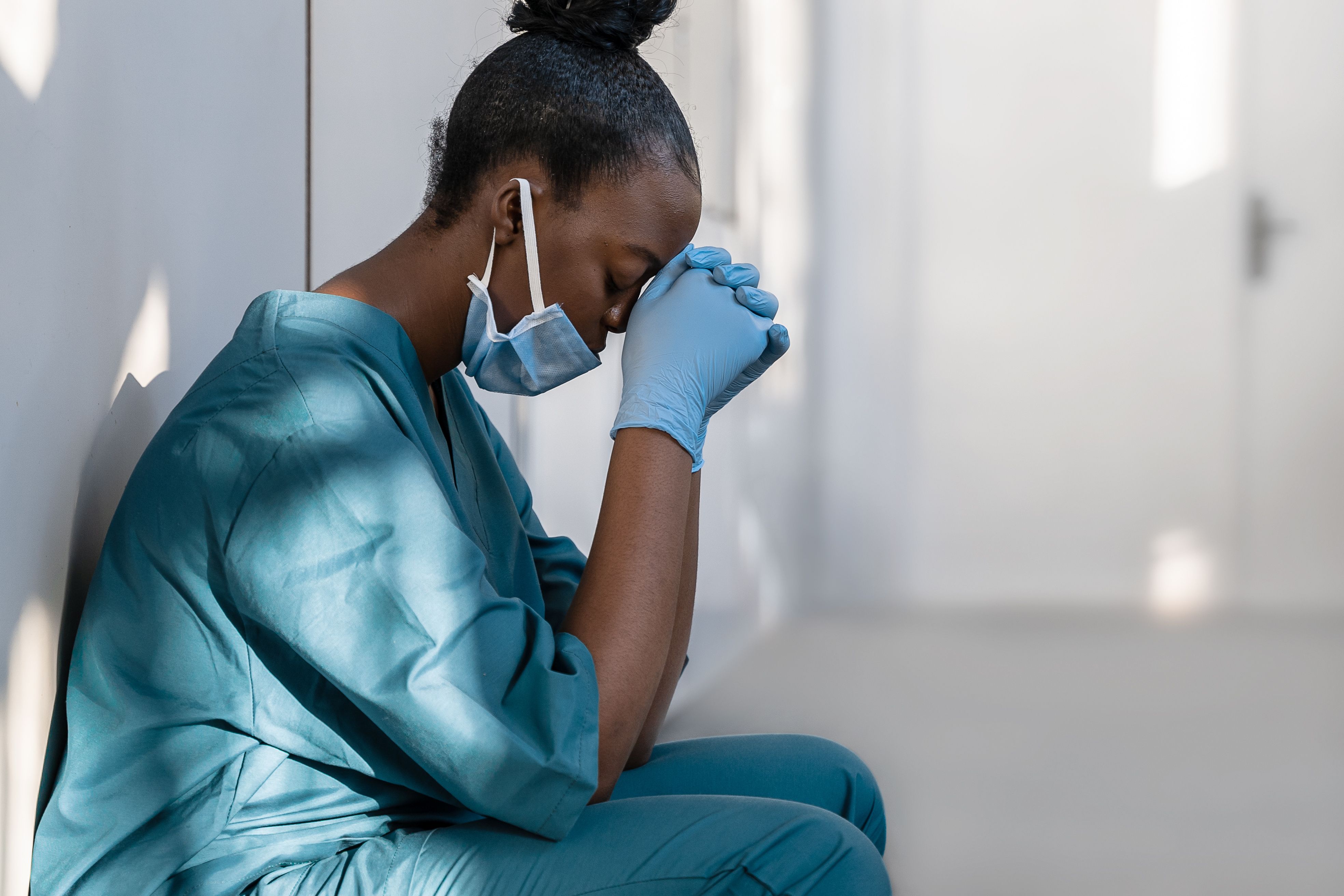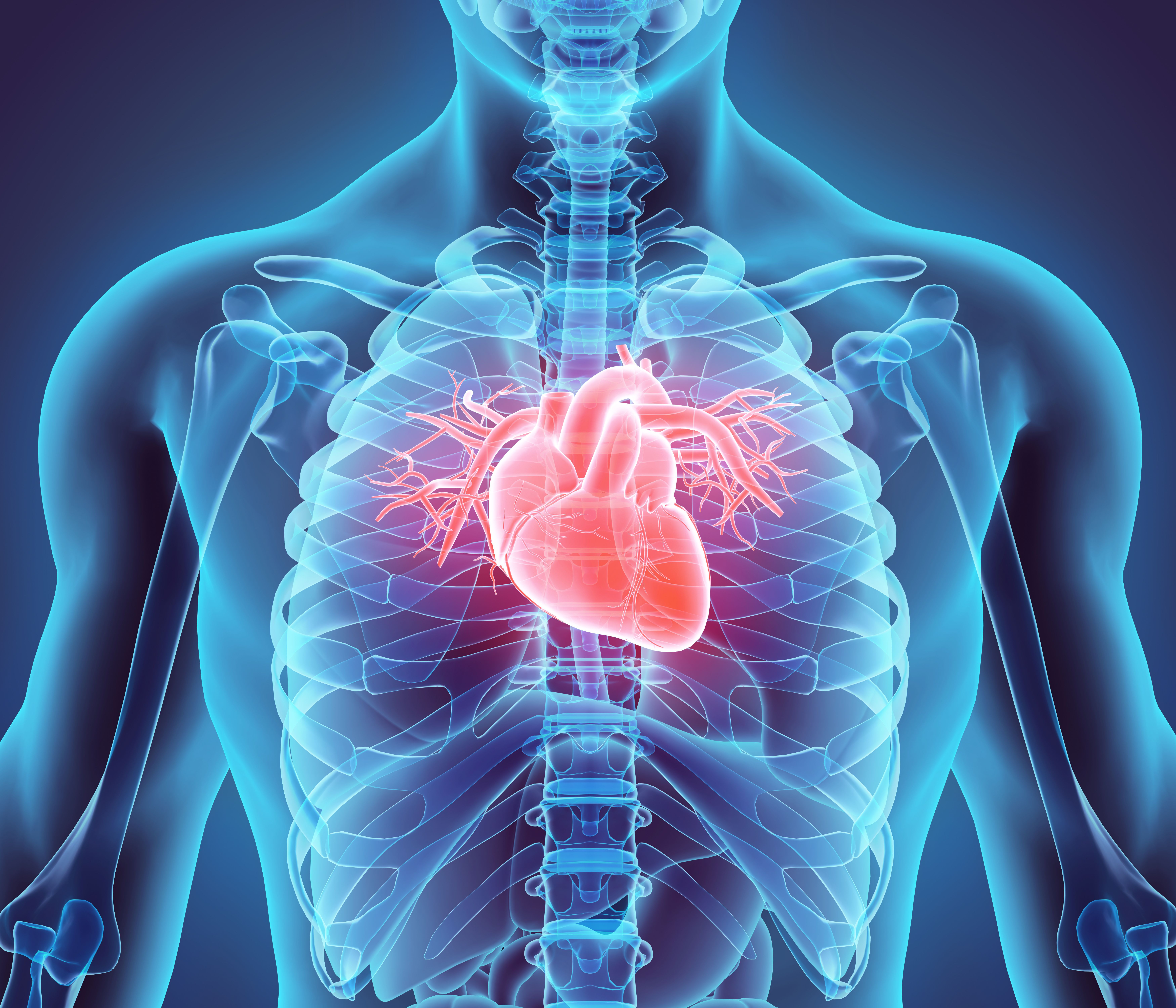News
Article
Women doctors and PCPs hit hard by COVID-related burnout
Author(s):
Study finds overall prevalence of burnout doubled in two years
While it’s long been known that the COVID-19 pandemic has increased physician burnout, a new study documents the extent of the growth and finds that women doctors, primary care providers and doctors with the fewest years of practice are at particular risk for burnout.
The study’s authors examined burnout’s prevalence by surveying 1,373 physician faculty members of the Massachusetts General Physicians Organization, a large multispecialty group, in 2017, 2019 and 2021. Among the survey measurements was the Maslach Burnout Inventory, which evaluates physician burnout on the subscales of exhaustion, cynicism and professional efficacy. For purposes of the study they defined burnout as a high score in two of the three subscales.
The researchers found that the burnout rate stayed roughly the same between 2017 and 2019, but more than doubled from 2019 to 2021. Controlling for demographic characteristics and specialty risk factors, the scores for exhaustion and cynicism scores both increased by 20%, while reduced professional efficacy increased by 9%.
When broken down by demographic and professional characteristics, 57.2% of women doctors reported feeling burned out in 2021 compared to 43% of men. Primary care providers reported the highest rate among specialties at 64.2%, compared to 46% of surgeons. Analyzed by years in practice, doctors with 30 or more years had the lowest burnout rate—35%—while those with 10 or fewer years had a rate of 56.7%.
The analysis also revealed that a significant portion of burnout variance appears to result from individual differences among physicians. Approximately 35.8% of those surveyed consistently exhibited high exhaustion scores in all three survey periods, while 25.4% never reached high exhaustion scores. In other words, 61.2% of the sample had the same exhaustion status in all three surveys.
The authors note that their study differs from previous examinations of burnout due to its relatively low risk of selection bias. This was due to its unusually high response rate of over 90%, and the fact that it followed the same cohort of physicians over time, thereby minimizing bias resulting from retirements or career changes.
The authors say their findings suggest that the burnout rate among U.S. doctors is increasing and threatens the health care system’s ability to care for patients.
The study, “Patterns in Physician Burnout in a Stable-Linked Cohort” was published October 6, 2023 on JAMA Network Open.
2 Commerce Drive
Cranbury, NJ 08512
All rights reserved.






